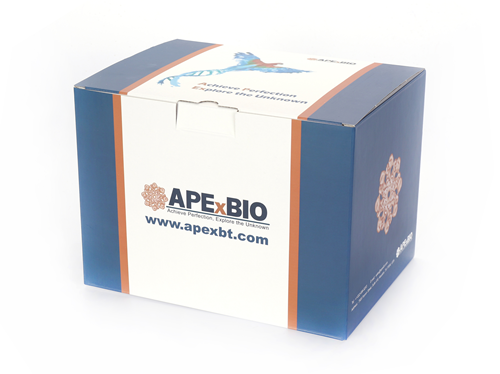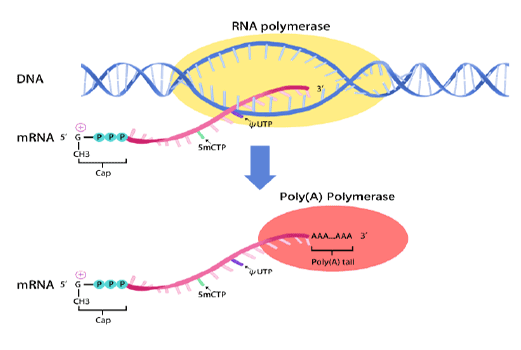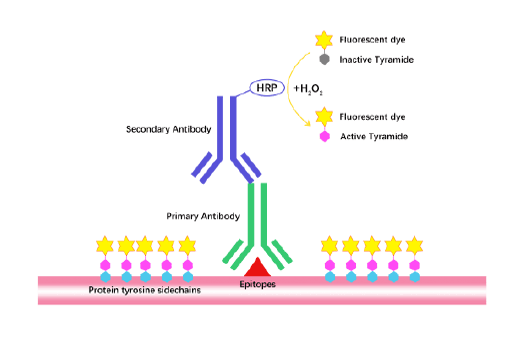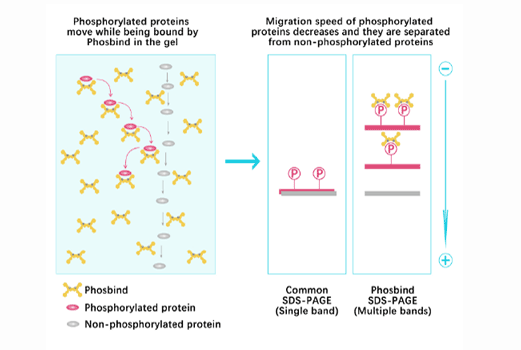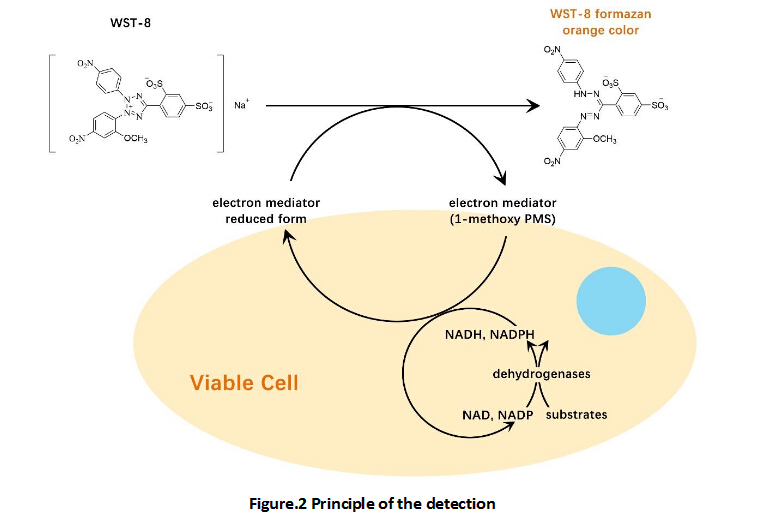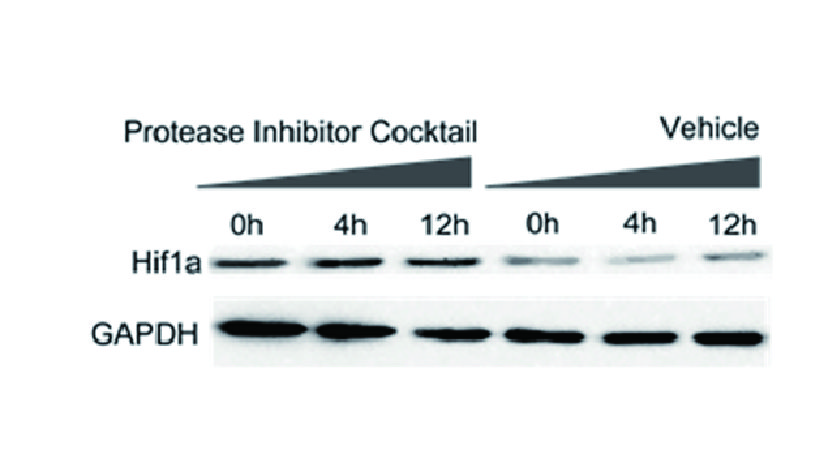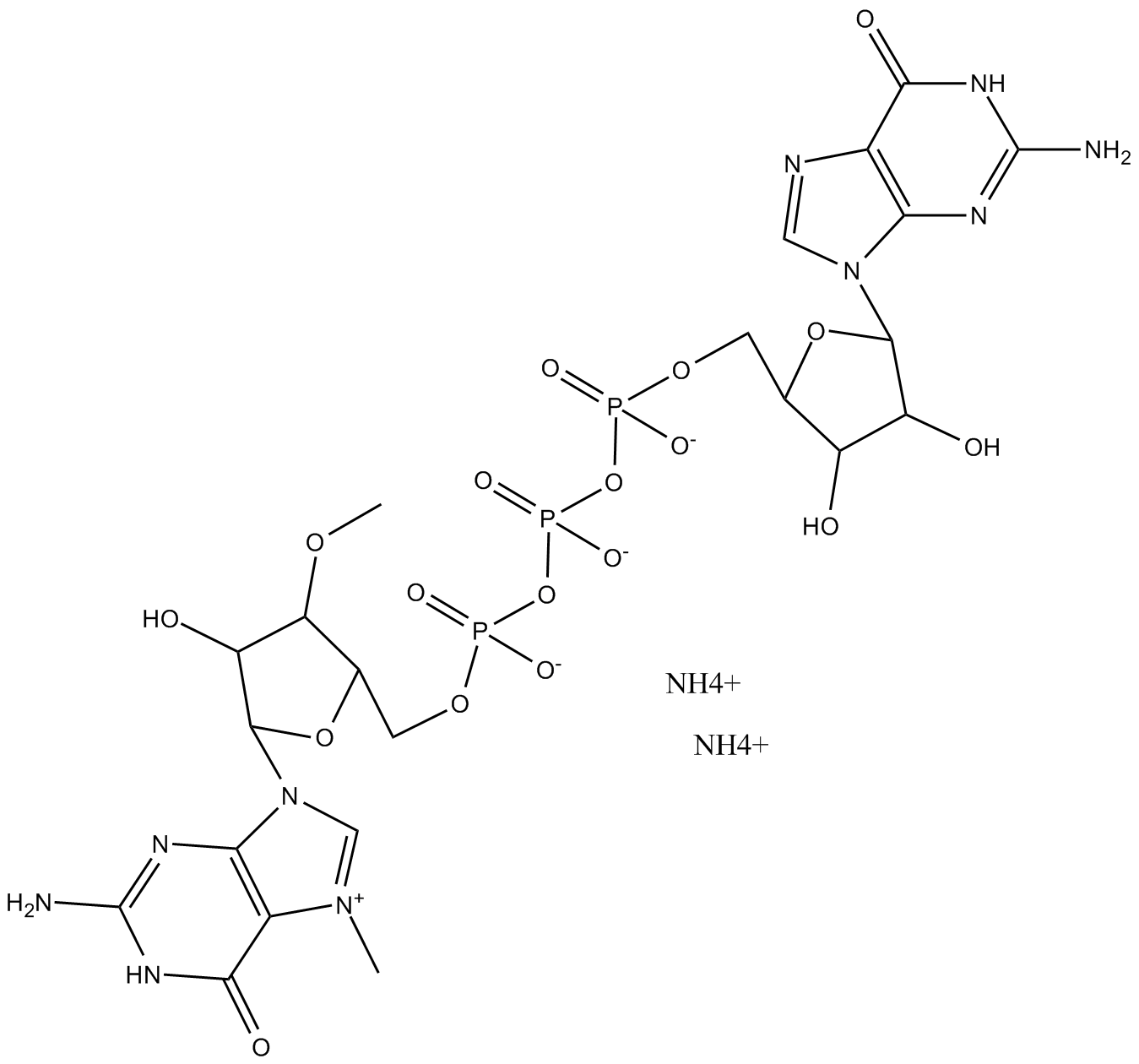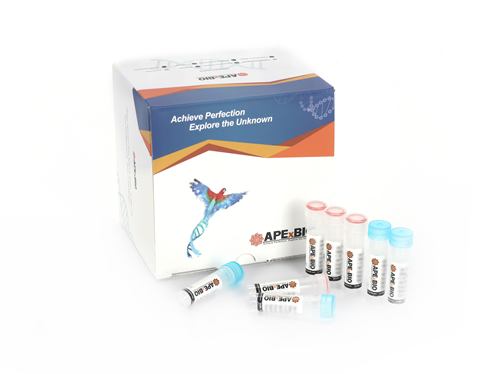Polybrene (10 mg/mL)
Polybrene (Hexadimethrine Bromide) is a positively charged polymer commonly used in biomedical research to enhance the efficiency of viral gene transduction, particularly with lentiviruses and retroviruses. Its main mechanism involves neutralizing electrostatic repulsion between viral particles and negatively charged sialic acids on cell surfaces, allowing improved viral attachment and uptake by target cells. Additionally, Polybrene can enhance lipid-mediated DNA transfections, improving transfection efficiency in cell lines that typically exhibit lower responsiveness. Beyond transfection applications, it serves as an anti-heparin reagent in assays involving nonspecific erythrocyte agglutination and assists in peptide sequencing protocols by minimizing peptide degradation. Provided as a sterile-filtered solution at a concentration of 10 mg/mL in 0.9% NaCl, it maintains consistent performance. Initial cell toxicity studies are recommended, as prolonged exposure (over 12 hours) may cause cytotoxicity in some cell types.
- 1. Wang Jiahui, Yu Xiang, et al. "The mitochondrial DNAJC co-chaperone TCAIM reduces α-ketoglutarate dehydrogenase protein levels to regulate metabolism." Molecular Cell Volume 85, Issue 3P638-651.E9, February 06, 2025 PMID: 39889707
- 2. Xijun Zhu, Woong Sub Byun, et al. "Activating p53Y220C with a Mutant-Specific Small Molecule." bioRxiv. 2024 Oct 28:2024.10.23.619961 PMID: 39554093
| Components | K2701- 500 μL | K2701-5 x 500 μL |
| Polybrene (10 mg/mL) | 500 μL | 5 x 500 μL |
This product should be stored at -20°C, and avoid repeated frozen/thaw cycles, stable for 2 years. | ||



